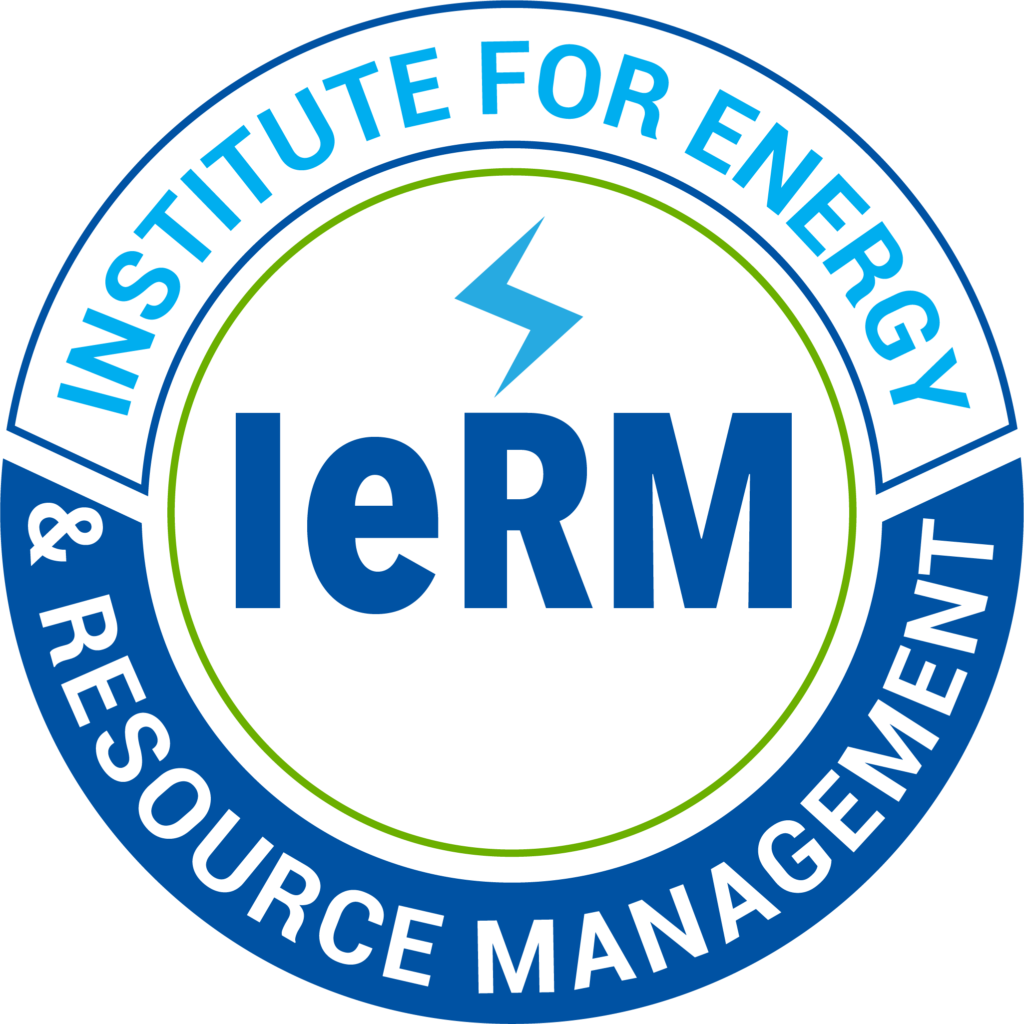February 17th 2022
In December of 2021, after months of questioning the King County Solid Waste Division (KCSWD) about their plans to expand the Cedar Hill Landfill, the Institute for Energy, Waste and Resource Management sent a challenge to the Director of the SWD.In it we took issue with their decision to expand, their claim of a recycling rate of better than 50%, their plans to improve that rate, their failure to take action on recommendations for improvement provided by consultant reports that they commissioned, and, last but most important, their claim that they capture more than 90% of the methane generated by the solid waste in the landfill.
You can read the letter exchange here.
For years we have heard from experts that capture of more than 50% is just not possible. The USEPA recently announced that methane from landfills is underestimated by a factor of two, and that methods for estimating emissions via computer models are outdated and based on faulty assumptions. And so, we issued a challenge: measure the methane escaping from the landfill, using proven, peer-reviewed technology, and see the results. We pointed out that this could be done for a very modest cost (less than $50,000) and in a very short time (less than amonth). And it would show the County government, and the citizens and taxpayers, what is really happening.
The letter we received in reply was non-responsive and condescending. It merely restated the claims that we had questioned, noted that the most recent Comprehensive Plan included goals for improvement (although not the improvements their consultants had recommended), and declined our challenge to measure, rather than estimate, the methane emissions, saying that the KCSWD was “following the procedures.” In other words, they didn’t care that recycling rates can’t be proven, that their collection methods decrease the amount of material fit for recycling, and that methane emissions are probably much higher than they claim. But they’re “following the procedures,” so everything is okay.
Our response to this letter pointed out its errors and called out the SWD for its failures, particularly its failure to take the advice of its consultants to begin moving away from landfilling. Why is this important?
For three reasons:
1.) The Environment. Municipal Solid Waste includes toxic materials and chemicals such as flame retardants and that can accumulate in body tissue. They can pollute the air, water and soil. The methane generated is a greenhouse gas, much more potent than carbon dioxide in its potential for trapping heat, and it has become the focus of the US effort to reduce global warming.
2.) Resource Conservation. According to SWD’s own statements, much of what ends up in the landfill could be recycled. Further, their collection method – all recycling in one bin – contaminates some of the materials, rendering them unusable. Reuse and recycling saves virgin materials and the energy needed to produce finished goods.
3.) The Economy. When the true costs of landfilling are considered – the need for maintenance and mitigation for hundreds of years, the impacts of pollution on human health and the environment, the waste of energy and materials – burying our trash in the ground is by far the most expensive means of disposal. You, and your children, and their children, will pay this bill for generations. The SWD’s own consultants told them this, and were ignored.
So what is the alternative? Many other countries, as well as some communities in the US, have adopted an Integrated Waste Management Plan, based on the international waste hierarchy followed by the USEPA and the European Union. The five principles are, in order of application: 1) prevention, 2) reuse, 3) recycle, 4) recover, and 5) disposal. By following this plan, the amount of waste is reduced, reuse and recycling are increased, valuable metals and materials are recovered for sale, and only a small amount of inert material needs to be disposed of.
By adopting this system, countries in Europe have greatly increased their recycling rates, prevented millions of tons of methane from entering the atmosphere, created thousands of family-wage jobs, and saved the taxpayers millions if not billions of dollars. We could do the same here, if the SWD would get out of the way of progress.
Sincerely yours,
The Institute for Energy and Resource Management
Contact: Stephen Gerritson, contact@ie-rm.org




